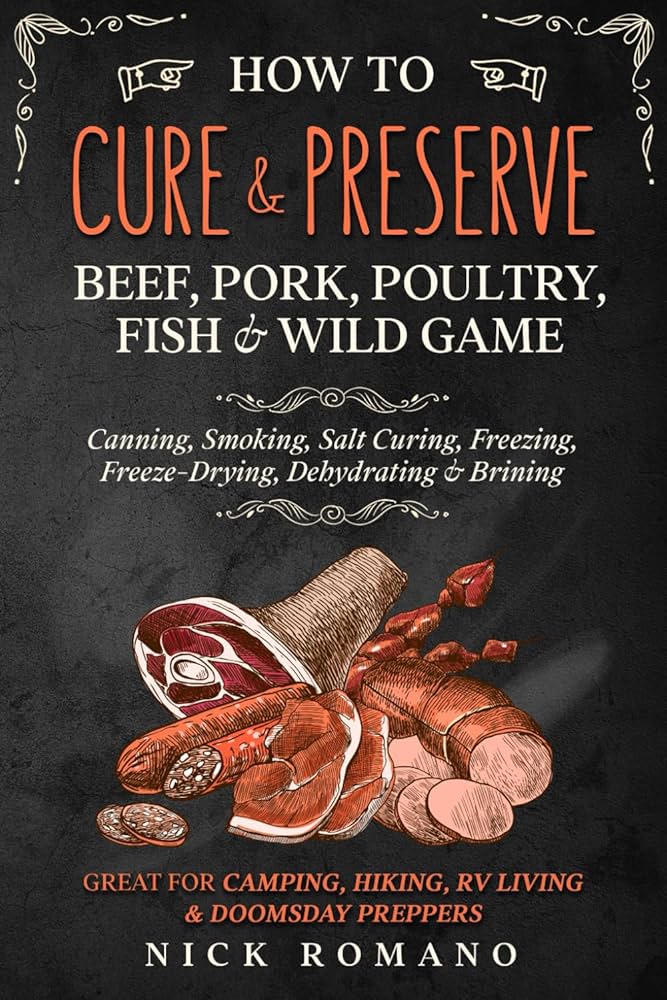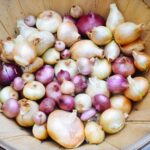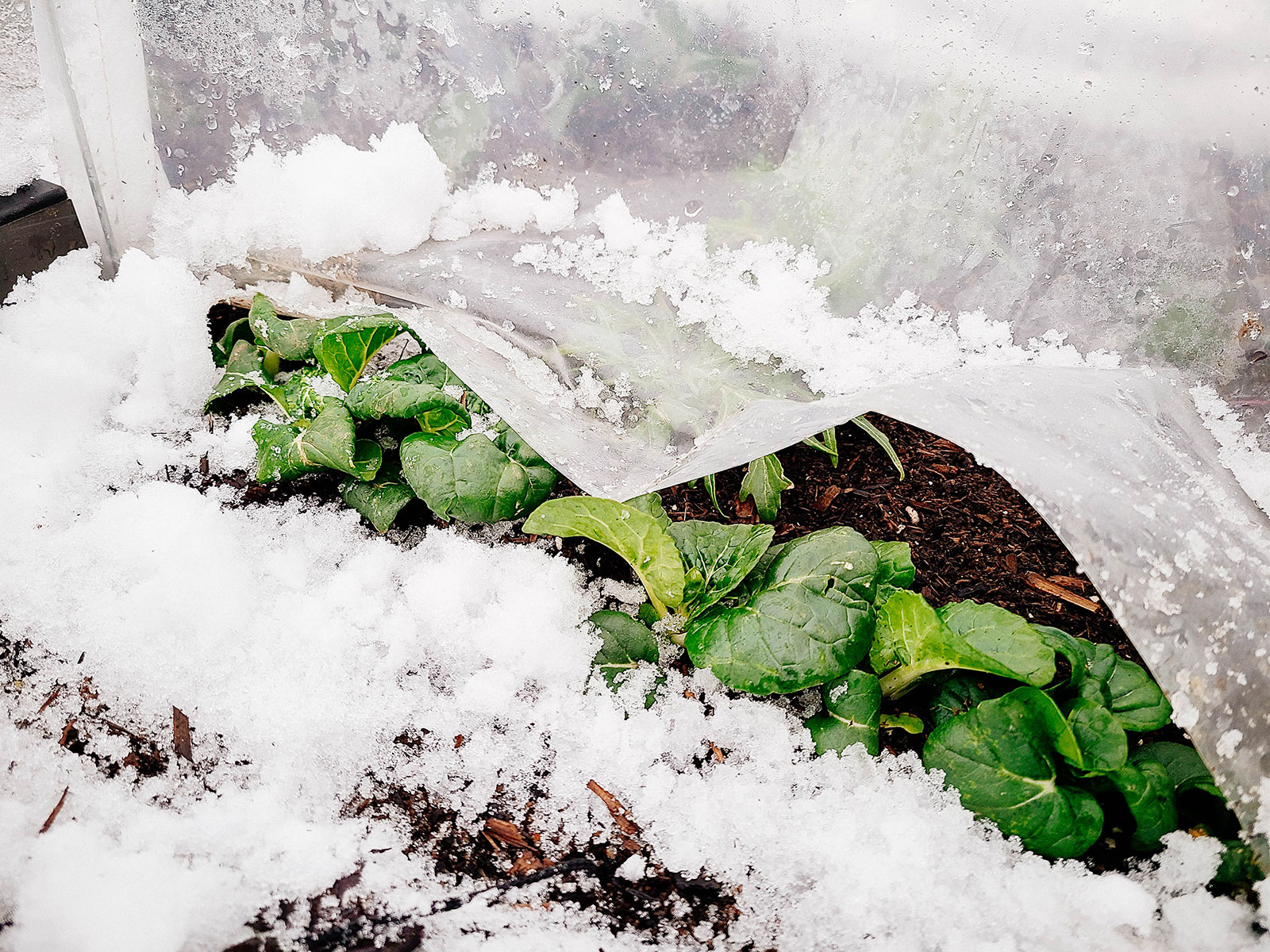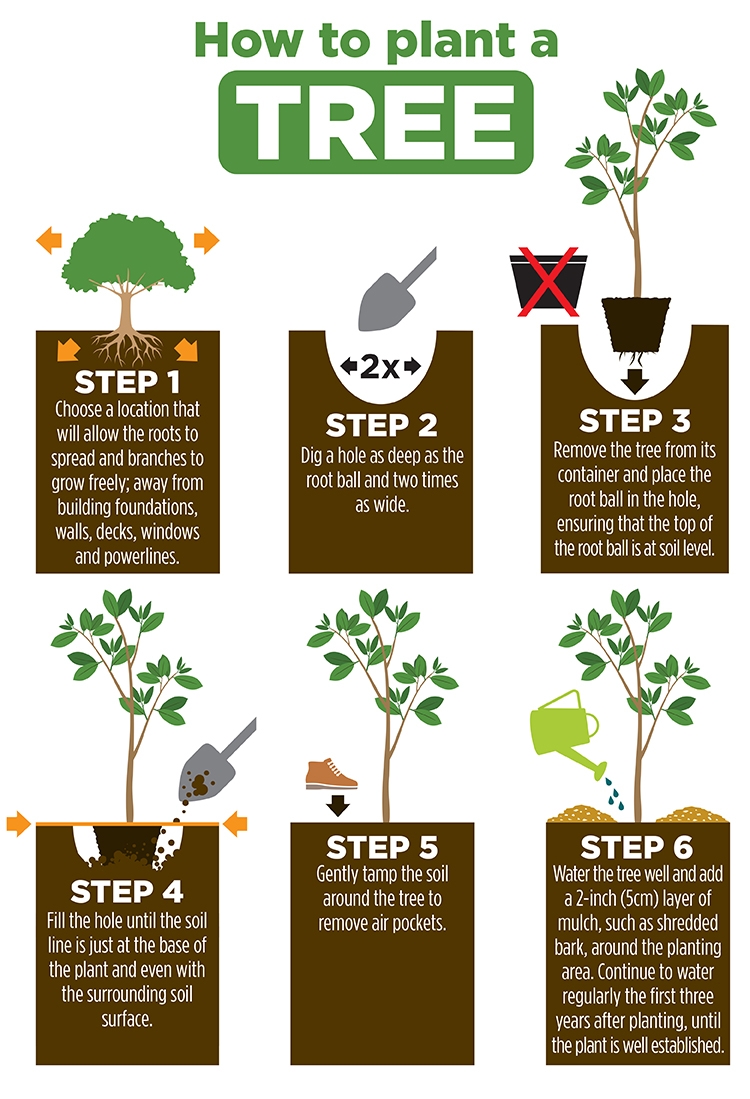Garlic is a staple ingredient in cuisines worldwide, and having a year’s supply can be a gamechanger for any home cook. The key to preserving garlic’s pungent flavor and health benefits is proper curing and storage. In this guide, we’ll delve into the traditional and modern methods to ensure your garlic stays fresh and full of flavor.
Whether you’re a gardening enthusiast or a garlic aficionado, learning how to cure and store a year’s worth of garlic is an invaluable skill. Not only does it save money, but it also provides you with a readily available supply of this versatile ingredient.
What Should You Do After Harvesting Garlic?
Immediately after harvesting, garlic needs to be cleaned and cured. Begin by gently brushing off any soil, but resist the urge to wash the bulbs, as moisture can lead to mold. The curing process is vital for enhancing the garlic’s shelf life.
Curing involves drying the garlic in an area with good air circulation and out of direct sunlight. A well-ventilated shed, garage, or even a covered porch can serve as the perfect spot for this process.
Arrange the garlic in single layers or hang the stalks in bundles. The goal is to ensure that air can circulate freely around each bulb. This stage typically takes several weeks, depending on the local climate and humidity levels.
Does Garlic Really Need to Be Cured?
Curing is essential for extending the garlic’s lifespan. It allows the outer layers to harden and protects the cloves inside. Uncured garlic is more susceptible to decay and lacks the depth of flavor that cured garlic boasts.
Curing also allows garlic to develop the papery skin that is commonly seen in stores, providing a natural barrier against pests and rot.
How Can You Cure Your Garlic Crop Effectively?
For effective curing, choose a spot that’s dry and shaded. If you’re dealing with a large crop, consider constructing a simple rack system to spread out the garlic in thin layers. Remember, even exposure to air and shade is crucial.
During the curing process, check the bulbs regularly. Any signs of mold or moisture should be addressed immediately by improving ventilation or even moving the garlic to a drier location.
Once the roots feel brittle and the necks are tight, your garlic is likely cured. The outer skins should be dry and rustle when handled, and the cloves should be firm to the touch.
Can You Hang Garlic to Dry Without Issues?
Hanging garlic is a traditional drying method that works well, especially in limited spaces. Tie the stalks in bunches of 4-6 and hang them from rafters or hooks. Ensure there is enough space between the bunches to promote airflow.
Avoid overcrowding as it can lead to uneven drying and potential mold growth. Check periodically and remove any bulbs that show signs of spoilage to protect the rest.
How Do You Know When Your Garlic Is Properly Cured?
You’ll know your garlic is properly cured when the roots are shriveled and the skin is dry. The stems should be hard, and the outer layer of the bulb should feel like paper.
If you’re unsure, cut into a bulb. The cloves should be firm and snugly encased in their skins. If the garlic appears to be soft or gives off an unpleasant odor, it’s not properly cured and won’t have a long shelf life.
What Is the Best Way to Store Garlic for Longevity?
Once cured, storing garlic correctly is key to maintaining its freshness. A cool, dry place with temperatures ranging from 60-65°F (15-18°C) is ideal. Excessive heat or humidity can cause sprouting or mold.
Use mesh bags or woven baskets to store your garlic as these materials allow for continued air circulation. Avoid plastic bags or sealed containers as they trap moisture and accelerate spoilage.
Braiding softneck garlic varieties and hanging them is not only practical but also adds a rustic charm to your kitchen. Hardneck varieties, being stiffer, are better stored loose in containers.
How Long Can Garlic Last If Stored Correctly?
Properly cured and stored garlic can last up to a year, although the ideal consumption period is within the first few months. Over time, the cloves may shrink or become less aromatic, but they’ll remain safe to eat if they’re free of mold and sprouts.
Common Questions About Harvesting and Storing Garlic
One common question is whether it’s necessary to store garlic in the refrigerator. The answer is no—cool, not cold, conditions are preferable. Refrigeration can cause garlic to become rubbery and may stimulate sprouting.
Another query involves the difference in storage methods between softneck and hardneck garlic. As mentioned, softneck is ideal for braiding, while hardneck should be stored loose due to its hard stem.
Related Questions on Garlic Preservation
How to Preserve Garlic for 1 Year?
To preserve garlic for a year, ensure it is properly cured and stored in a cool, dry environment. Monitor the humidity levels and avoid storing it near other produce to prevent the spread of decay.
Keep the garlic in a dark place to prevent light from affecting its flavor. In the right conditions, garlic can maintain its quality for up to 12 months.
How to Cure Garlic for Long Term Storage?
Curing garlic requires patience and the right environment. Hang the garlic or place it on racks in a well-ventilated, shaded spot for several weeks. You’ll know it’s ready when the outer skins are papery, and the roots are brittle.
What’s the Best Way to Store Fresh Garlic Long Term?
The best way to store fresh garlic long term is in breathable containers at a steady, cool temperature. Regularly check your stock for any signs of spoilage and use those bulbs first.
Is It Better to Freeze Garlic, Peeled or Unpeeled?
Freezing is an option for long-term storage, but it may alter the texture and flavor of the garlic. If you choose to freeze it, unpeeled cloves will retain more flavor, and you can peel them as needed.
For a visual guide on curing and storing garlic, check out this helpful video:
In conclusion, with the right approach to curing and storage, you can enjoy your own high-quality garlic throughout the year. By following these steps to cure garlic for optimal storage, you can ensure your garlic remains a flavorful and healthy addition to your meals.





